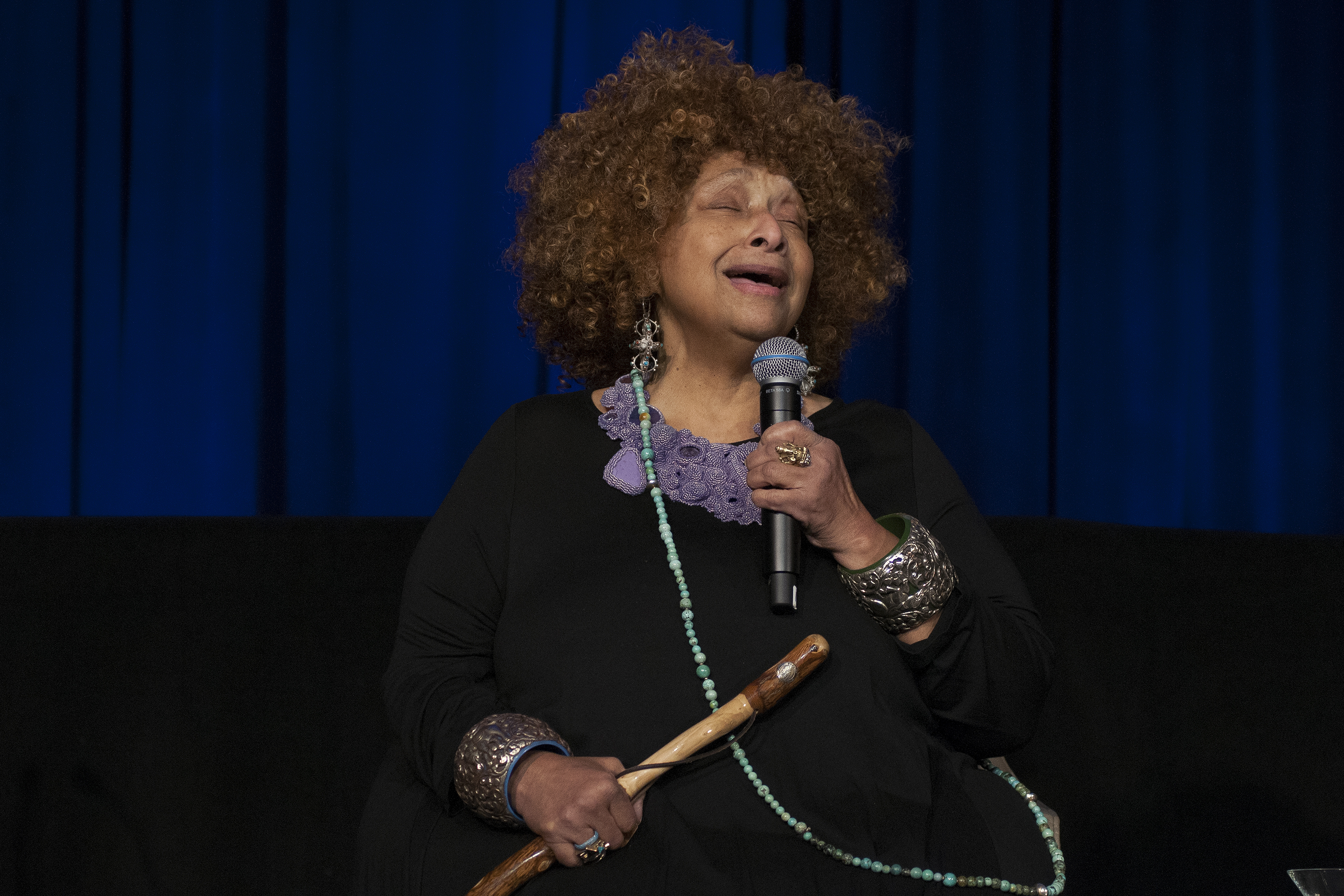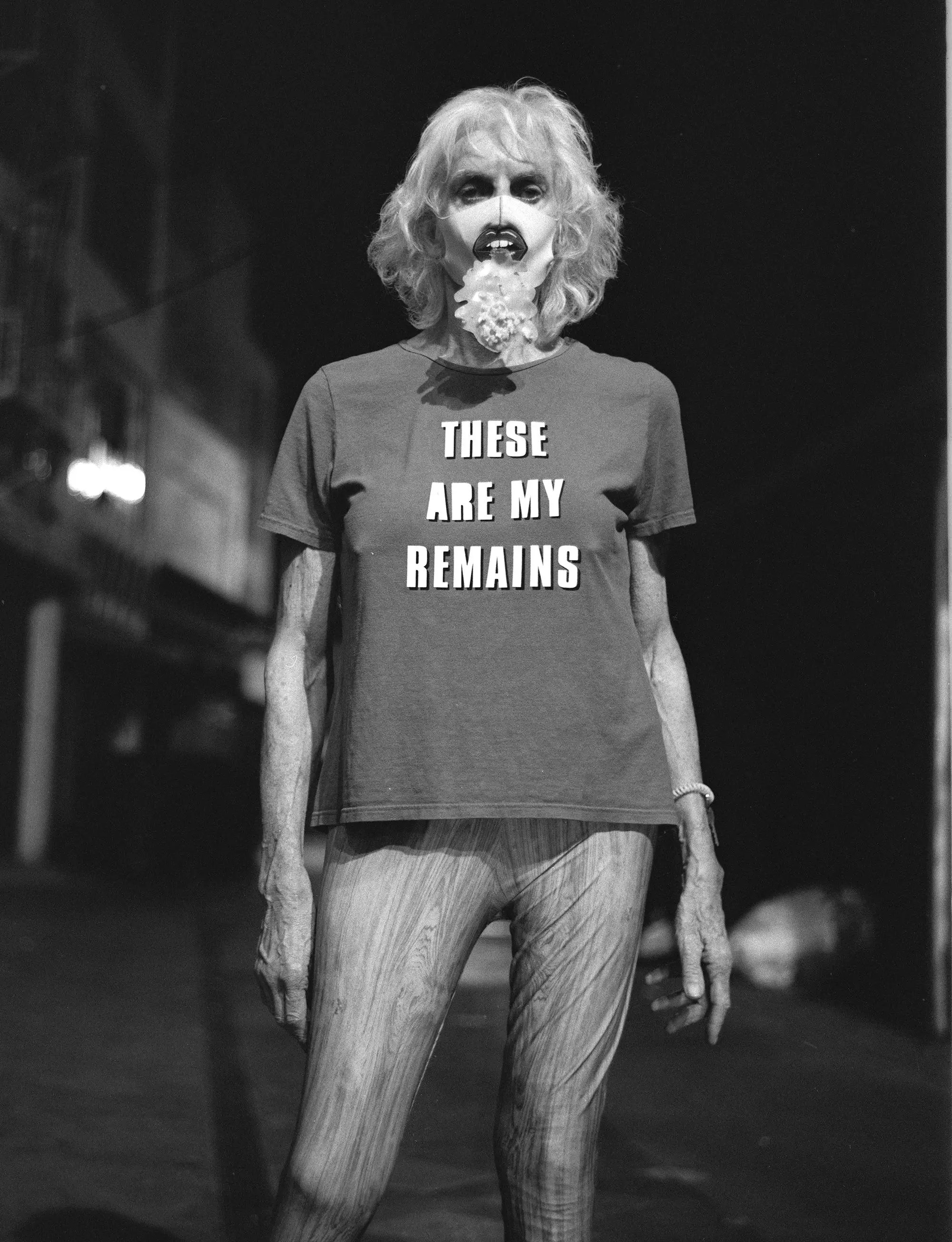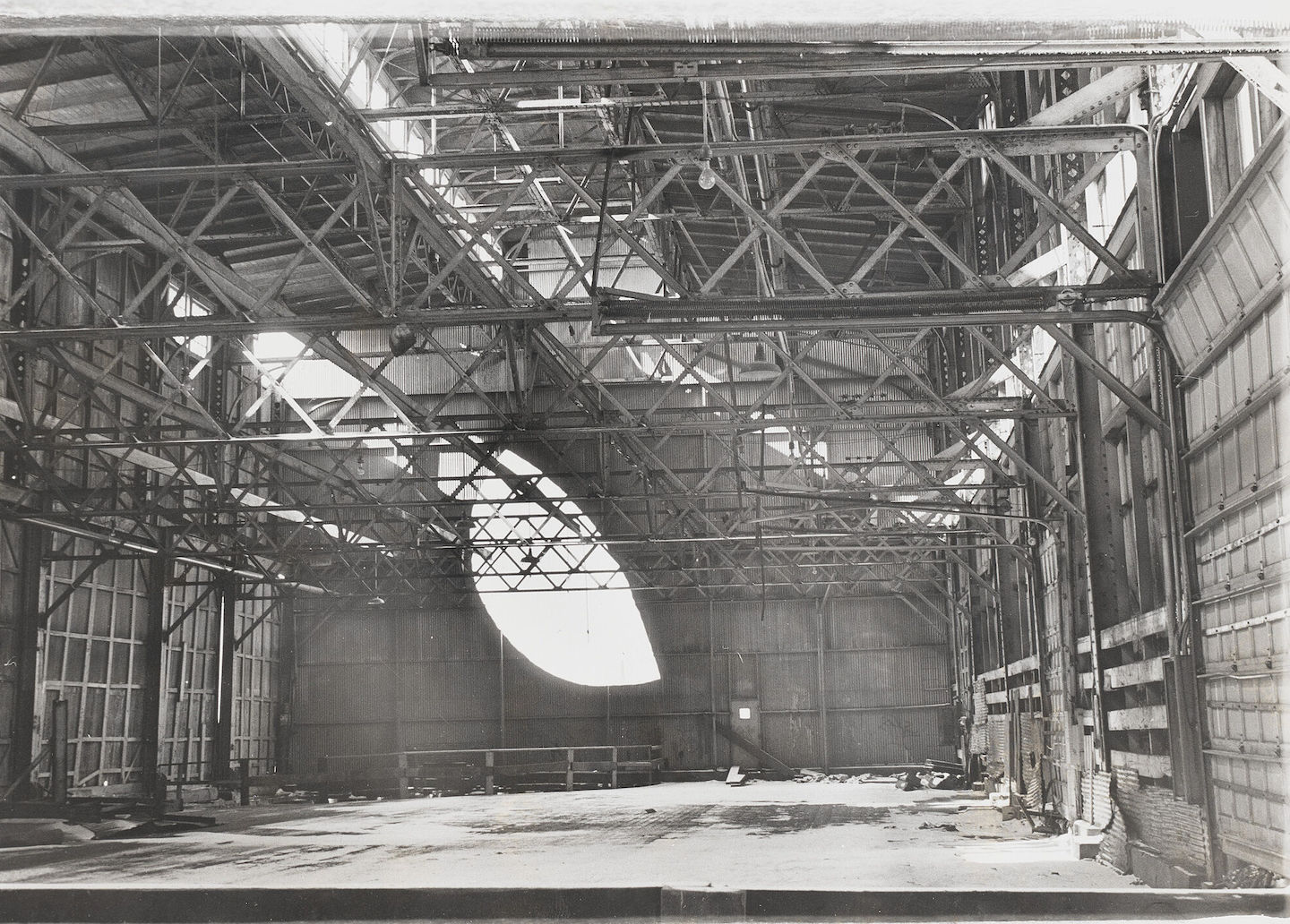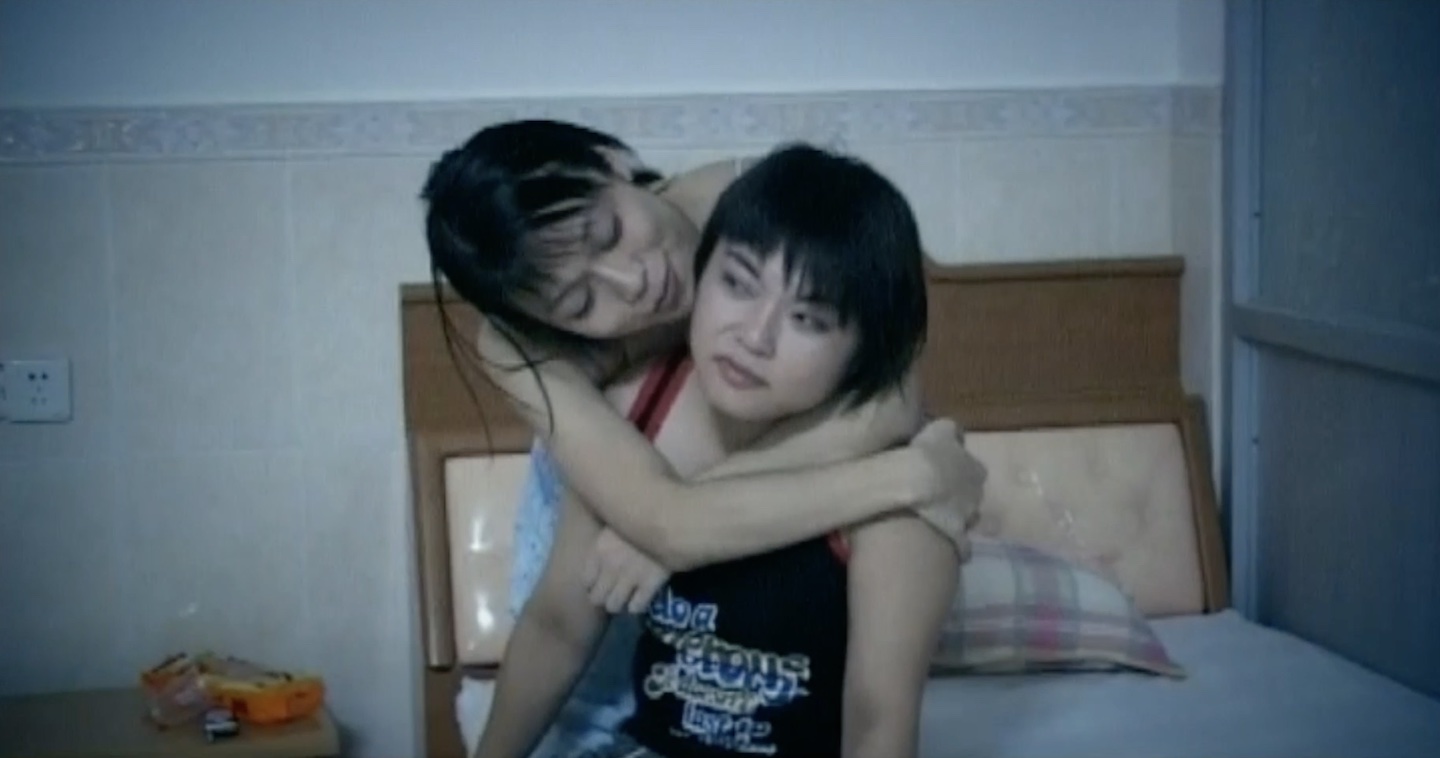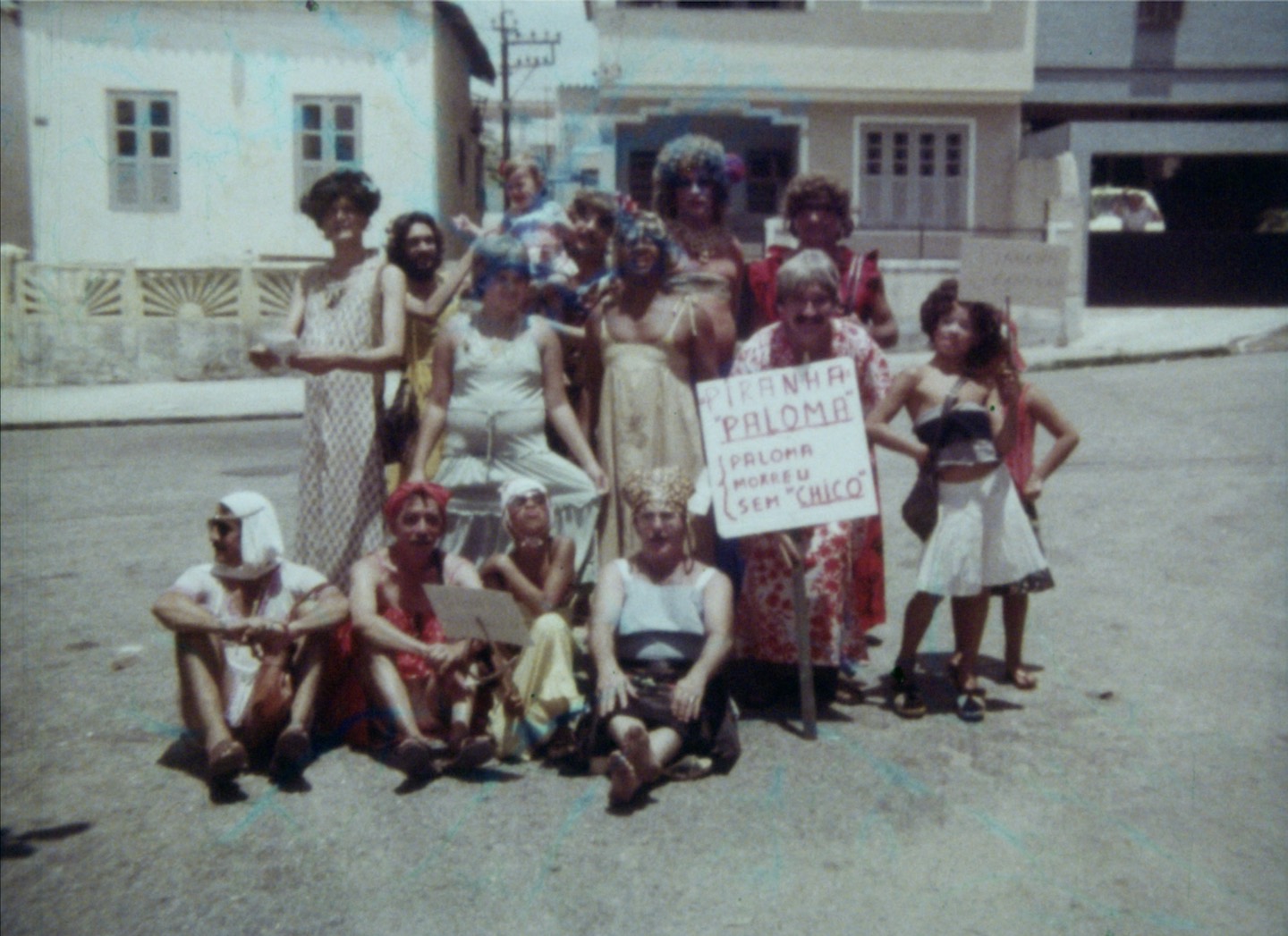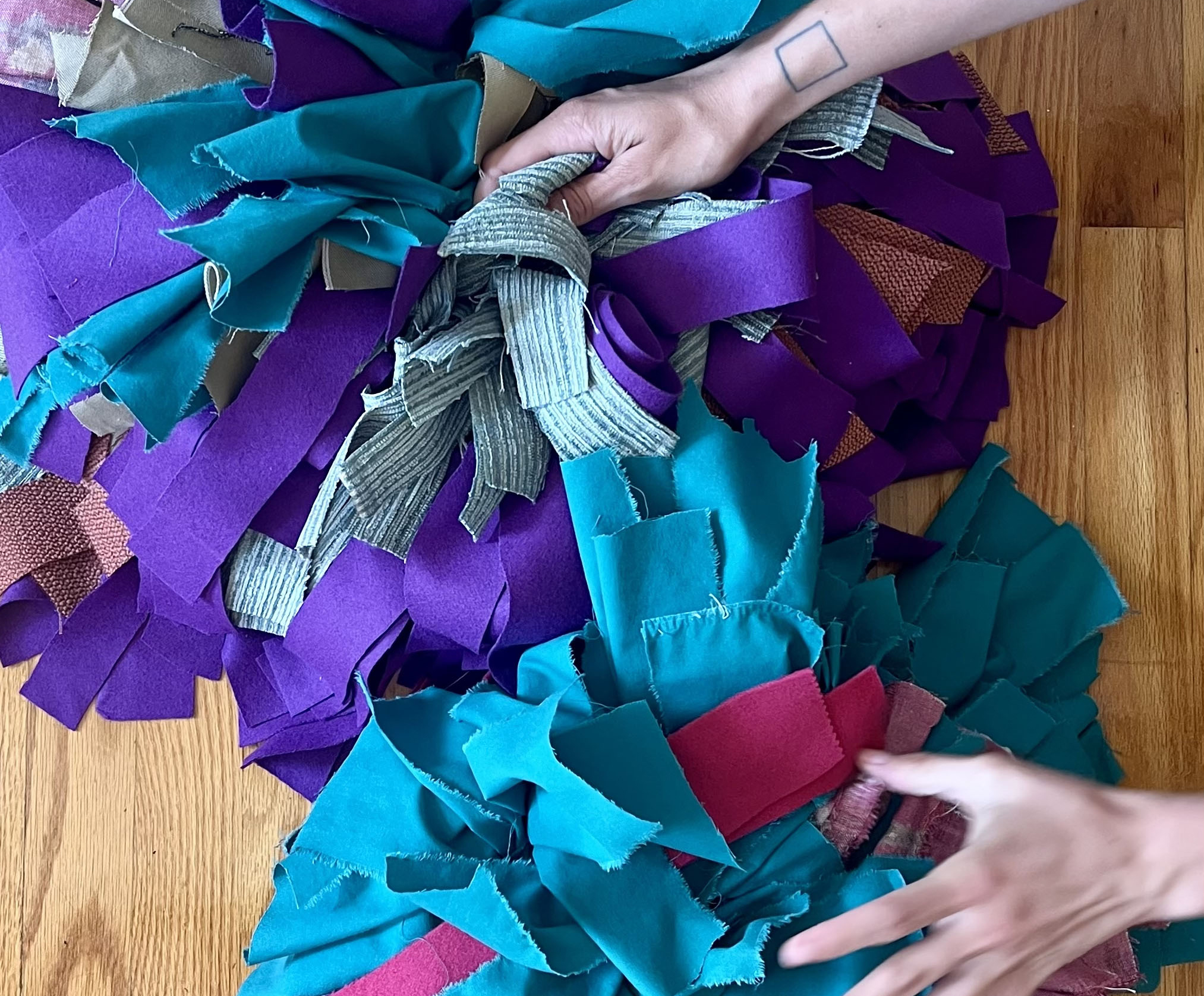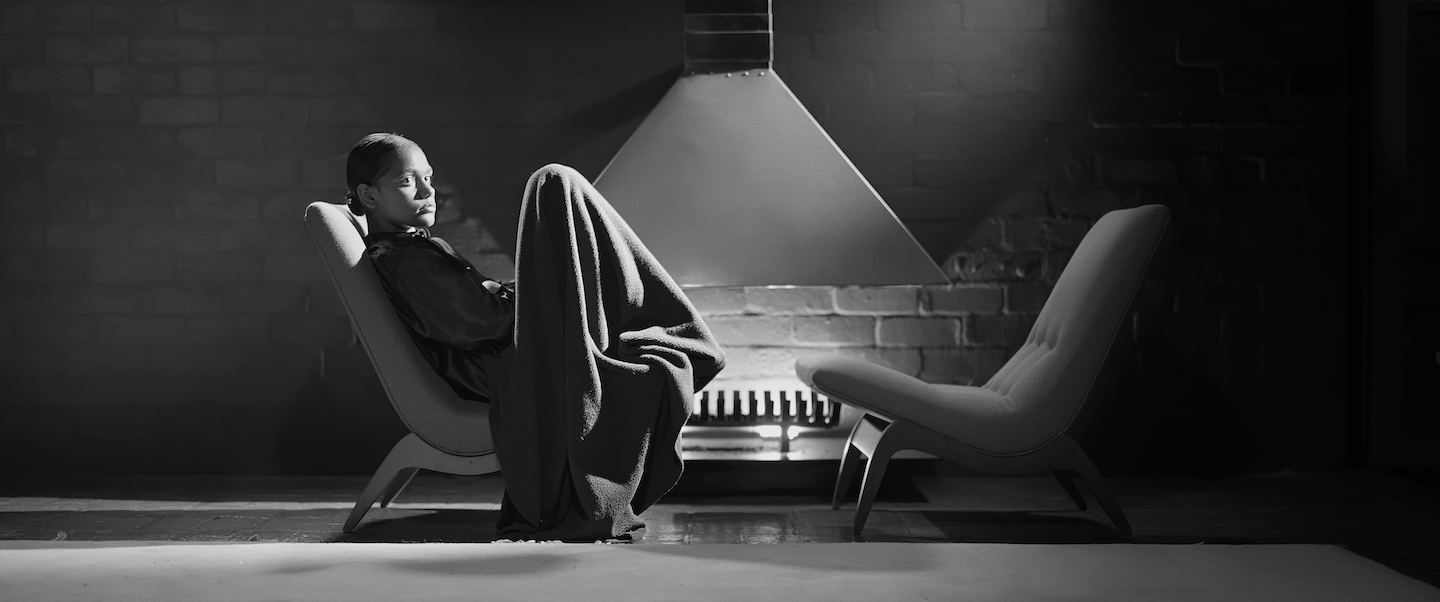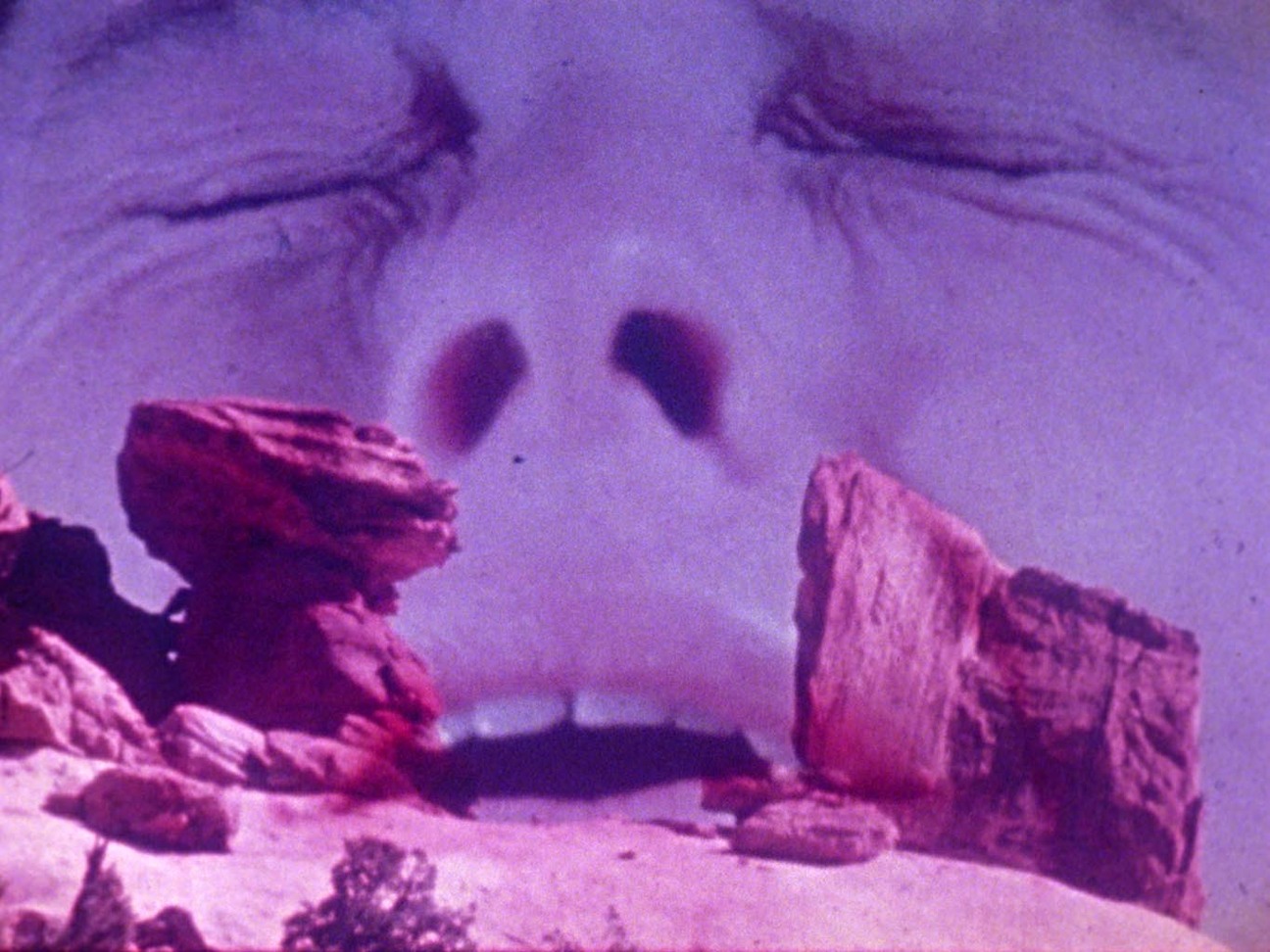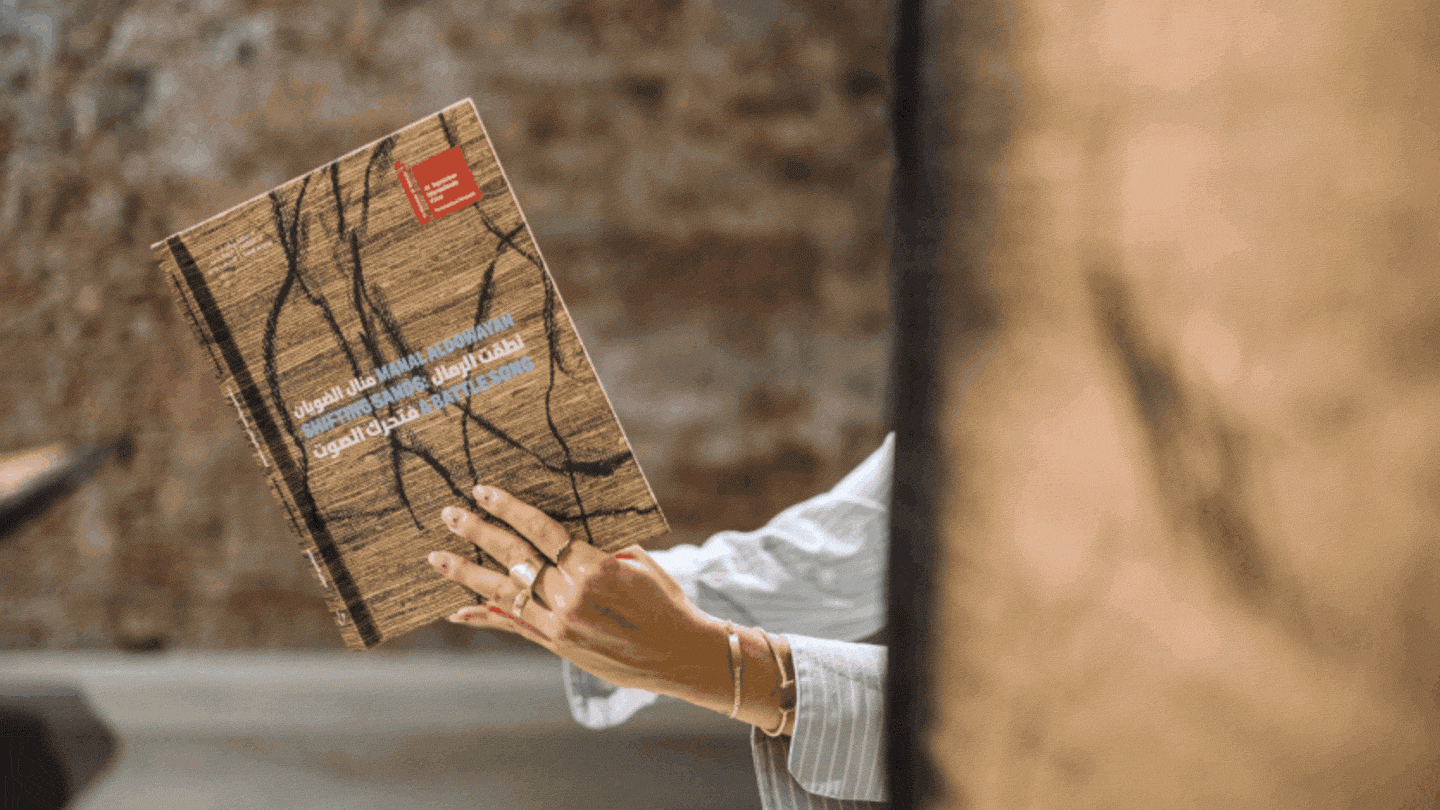“There are quiet forms of revolution shared between educators and students,” artist Christa Donner said on the first afternoon of the 107th College Art Association Annual Conference. We were in the Bryant Suite, one of the nondescript conference rooms of the nondescript Hilton New York Midtown, where most sessions took place. A few spilled over to a Sheraton down the block, and offsite events and gallery crawls were scheduled around the city. But from February 13 to 16, the Hilton, with its modestly patterned carpets and kitschy-elegant ballrooms, hosted the greatest concentration of academics, artists, art historians, and PhD candidates that is likely to happen anywhere all year. I was surprised to even see several professors I knew from the United Arab Emirates turn up—not so much to present, but rather to recruit new colleagues or just to attend. The discourse, however, was at times as tepid as the surroundings. As for the presentations, well, I had been advised by friends who had attended and presented in previous years that the conference was a spawn point for bleary-eyed hordes of job-seeking ABDs, that the quality of panels would vary dramatically, and to prioritize more intimate roundtables and sessions responding to the currents of the day—in 2019, #MeToo and the overwhelming cishet-whiteness of art history.
But this was my first CAA, and I wanted to get a sense of the academic side too. Donner was part of a session titled “Speculative Feminist Futures,” where topics included a paper on depictions of women in Italian Futurism, a guided meditation that employed a bell as a time-travel device, and a discussion of what changes when an artist becomes a parent. Taking my cue to duck out to an anemic session about China’s neocolonial presence in Southern Africa, I remembered that this iteration of the conference would be the first to include childcare. Along with the pay-as-you-wish day pass, which began in 2017, it’s an attempt by CAA to become more inclusive. Unfortunately, the childcare wasn’t free—baby steps, I suppose.
It’s worth noting that despite the considerable breadth of topics covered, many sessions felt remarkably insular and out of my purview. That’s fine—I’m not necessarily in the target audience of educators, art historians, and other academics. As a journalist and critic, I primarily engage with the commercial, institutional, and publishing sides of the art world. It’s a sphere that is arguably driven by market forces—as much as it would like to think otherwise—and as such feels international by nature. While there was a clear indication that the selection committees tried to program a conference that at least tried to be global, most of it felt too dryly academic and lacking in rigor. When panelists spoke from lived experience, as tended to be the case with pedagogy- or museum-related subjects, the sessions took on a certain life, even if they strayed from the confines of academia. The last panel of the last day, about South and Southeast Asian museums, was a noticeable outlier in this regard.
I’m not a formally trained art historian. Perhaps certain nuances were invisible of illegible to me; perhaps I chose my panels poorly. Unlike the academic conferences I had attended before, which were much smaller and more tightly focused, CAA offered speakers on subjects I might otherwise not hear from or even agree with, such as an advocate for artists getting MBAs in one Students and Emerging Professionals Committee roundtable on neoliberalism and precarity, or, in another SEPC session on alternative careers in the visual arts, a proponent of the outrageous and seriously misguided suggestion that struggling artists should “buy a building for $10,000 and become a landlord … artists make the best gentrifiers.” Aside from one packed and surprisingly juicy panel titled “Dirt, Mud, Sand, Sludge,” on the environmental history of art materials, sessions focusing on decolonization (“Decolonizing the Web” was a notable highlight) and queer art were the most enjoyable, particularly a session titled “No Body, This Body: Marking Flesh, Figuration, Abstraction in Trans Art History.” In addition to their relevance to my personal priorities, these sessions possessed urgency and offered a glimpse of the kind of scholarship and historical resurfacing offered by a newer generation of art historians.
Charting a course through the sprawling conference schedule, I sought out sessions dealing with the Middle East, a region whose contemporary and modern artists I am most intimately familiar with. Unfortunately, a promising-sounding panel on regional petrocultures, which meandered through Iran, Qatar, and Iraq, on the first day illustrated the disconnect between research and action, though a Qatar-based account of the blockade by its Gulf neighbors was intriguing. A roundtable on the conference’s last day called “Ethical Dilemmas: Middle Eastern Art in Today’s Political Context” was a more engaging encounter. The Khashoggi scandal loomed large over the discussion, which ranged from how the “good Muslim–bad Muslim binary” underwrote the Museum of Modern Art’s 2017 response to Trump’s Muslim Ban—perhaps a test-drive for the museum’s more extensive rehang this summer—and whether art audiences simply ask museums to do too much. Yet in writing this, I think of journalist Aaron Cantù’s recent revelation that Whitney Museum board member and Vice Chair Warren B. Kanders’s company manufactures the tear gas being used at the US–Mexico border, and artist Michael Rakowitz’s principled stand in pulling out of this year’s Biennial in response. If any of the good intentions discussed at CAA are to move beyond the conference room and the level of performative gesture, are we not asking enough?
As the conference wore on, the air of intellectual engagement and mercenary bonhomie gave way to an almost palpable misery—all those zombie ABDs—and the suspicion that I underestimated the prevalence of networking, job hunting, and professional development that goes on between sessions. Everyone seemed aware of the diminished opportunities and increasing contingency of academic labor, which was just hinted at in the panels and more directly addressed in roundtables and informal asides. Academics who had jobs—any job, let alone one that didn’t promise a yawning lifetime of precarious adjunctship—were sure to emphasize how lucky they were to have them at all, while others spoke of giving up on the academic job market and leveraging any transferrable skills they might have picked up during their PhDs instead, like copyediting or journalistic writing.
Two maxims on the subject from artist and educator Deepanjan Mukhopadhay, in another highlight of a panel titled “The Practice and the Other Practice: The Relationship Between Making Art and Teaching,” stayed with me well after CAA ended: “The only possible relationship to the university is a criminal one,” and “There’s no distinction between the American university and professionalism.” At the same, time, what’s the alternative? Mukhopadhay himself pointed out that he, and many others like him, are dependent on the selfsame institutions to maintain his visa status in the US, which limits people’s abilities to resist or dissent. Particularly resonant was a discussion of code switching, as grounded in his own artwork—not between language or registers so much as in the ability to criticize the institution, something I am acutely aware of in maintaining my own visa status.
Thankfully, the other professionalization sessions I attended didn’t peddle gentrification as career advice. A roundtable on advancing Latinx art writers was the most invigorating thing I participated in, and sparked my interest in starting a similar group for BIPOC art writers. A workshop on whiteness in art education was fairly basic—a gentle unpacking of white privilege and introduction to white supremacy—but well-received. I found a section on the institutional and organizational culture of whiteness—described as a perfectionism and fear of conflict—particularly interesting in its transposition to nonprofits, where a paucity of funding might result in low-risk decision making. Similar themes would recur in lively roundtables on arts activism and pedagogy that refreshingly provided numerous examples drawn not from text or canvas but lived experience and organizing.
The whiteness workshop prompted thoughtful discussion despite its overwhelming orientation towards white attendees. A black woman who teaches in a predominantly white institution, for example, mentioned being troubled by problematic, culturally appropriative student work but struggled to navigate this due to her position of power. Participants from South Africa and Australia, countries with their own violent histories of anti-blackness and indigenous genocide, meanwhile complicated the Americentrism of the discussion. Perhaps this is what CAA needed, and a hopeful indicator of where it might be headed. I expected the conference to skew white but was still surprised by the relative dearth of BIPOC representation. A configuration I kept encountering was BIPOC panelists speaking to overwhelmingly white audiences, which seemed to suggest a concerted effort on the selection committee’s behalf to make good on their stated goal of increasing diversity. Tokenizing, perhaps, but certainly an improvement on not otherwise having these voices heard (and by extension, read, discussed, and hired). Not unique to arts academia and education but a reflection of academia as a whole, white men consistently—if unsurprisingly—took up more space in meetings and panels.
Of course, the convocation emphasized diversity and cross-cultural conversations, waxing eloquent about the organization’s ability to bridge generational divides and create a sense of belonging for younger or first-time attendees. It’s difficult to gauge its success, but what the awards presentation and keynote address did provide was a sense of optimism and even joy, especially artist Howardena Pindell’s much-deserved lifetime achievement award. The inimitable Joyce J. Scott came out singing and scatting, before delivering a rousing keynote (“I had the best-looking placenta when I came out!”) and encouraging the audience to sing “Happy Birthday” to curator Lowery Stokes Sims.
The only other time the conference generated comparable energy was on the last day at the “Rape, Radicality and Representation” series of panels programmed by the Feminist Art Project at Rutgers University. Artist Jaishri Abichandani spoke movingly about her assault and subsequent protest at the Met Breuer against their mounting of a retrospective of her abuser, photographer Raghubir Singh. For whatever the conference and organization did or did not do, it’s difficult to imagine such an especially powerful moment transpiring elsewhere within its halls. Afterwards, an audience member asked how educators should deal with artists like Singh—should rapists be excluded from the canon? Included with a note appended for a teachable moment? The panel agreed it is up to each educator to decide, a quiet response that was among the event’s most important takeaways.
The audience at these panels was overwhelmingly comprised of women, and the atmosphere loving and supportive, feeling more like a Take Back The Night speakout. I was touched to see the other two panelists standing by Abichandani’s side as she spoke. Performances followed the talks, including one from IV Castellanos in which they handed out rolls of caution tape before weaving participants into a kind of net. Ayana Evans gave audience members glow sticks and had them run around the Hilton’s ballroom with her before crowding tightly into the aisle so she could crowdsurf down it as Chaka Khan blared over the PA system. “Are you ready to catch this black woman?” At least in that moment, they were.
—Rahel Aima
